Do you ever wonder what it was like to live the prairie life in 1890? We dropped by the Stuhr Museum to get a firsthand look at this huge living history site. Located in Grand Island, this Nebraska museum whisks visitors back to a simpler time. This extensive complex is made up of a series of sites that can be reached on foot or by vehicle. While our schedule was limited, as usual, we had set aside four hours to explore as much as possible. From looking at the map of the grounds, we knew it would be a challenge.
We want to thank the Stuhr Museum for hosting our visit. Rest assured all opinions are our own.
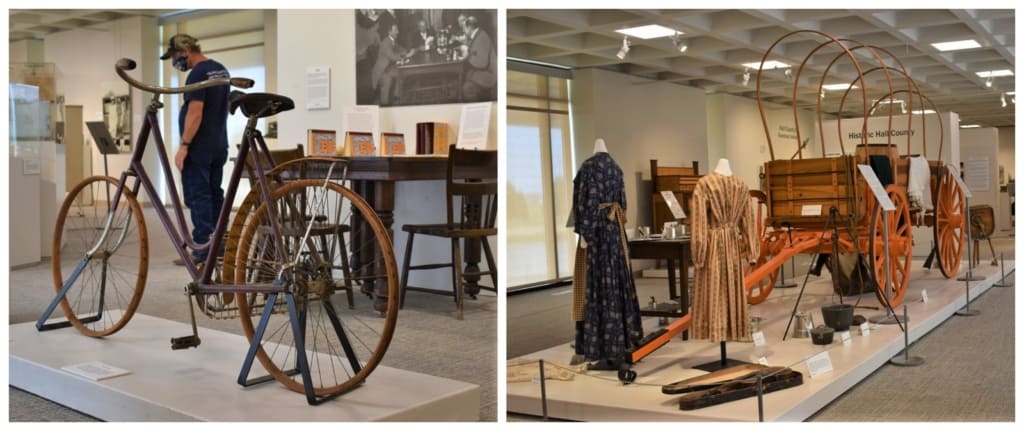
The Artifacts
The Stuhr Museum is broken into a collection of sites sitting on around 200 acres of land. We started our visit at the main museum building, which guests come to after entering the grounds. Inside is a series of galleries that hold artifacts from days gone by. Many of these are easily recognizable from the visits we have made to other prairie museums. As we wandered the museum, we could picture the pioneers of long ago using many of the pieces in their daily lives.
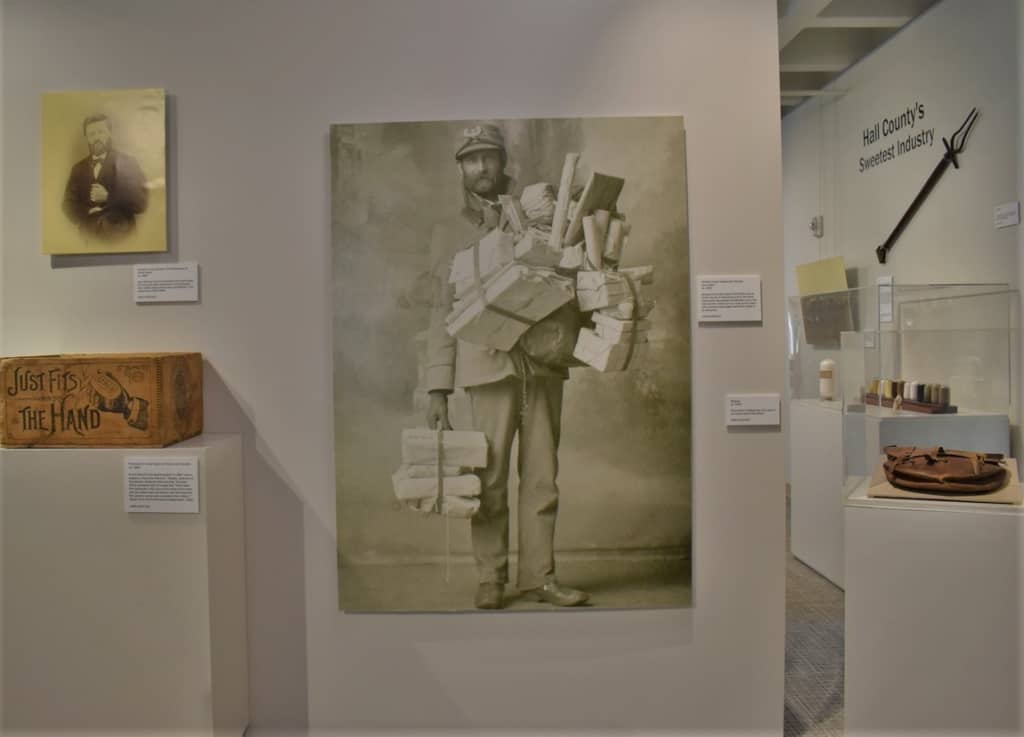
A Different Mindset
It’s easy to forget just how physically demanding life was in the 1800s. These days we have so many conveniences and machines to do much of the menial tasks. Spotting this photo of a mail carrier reminded us that there are still some labors that take a physical toll on the body. Of course, they do have trucks that get them closer to their final destination.
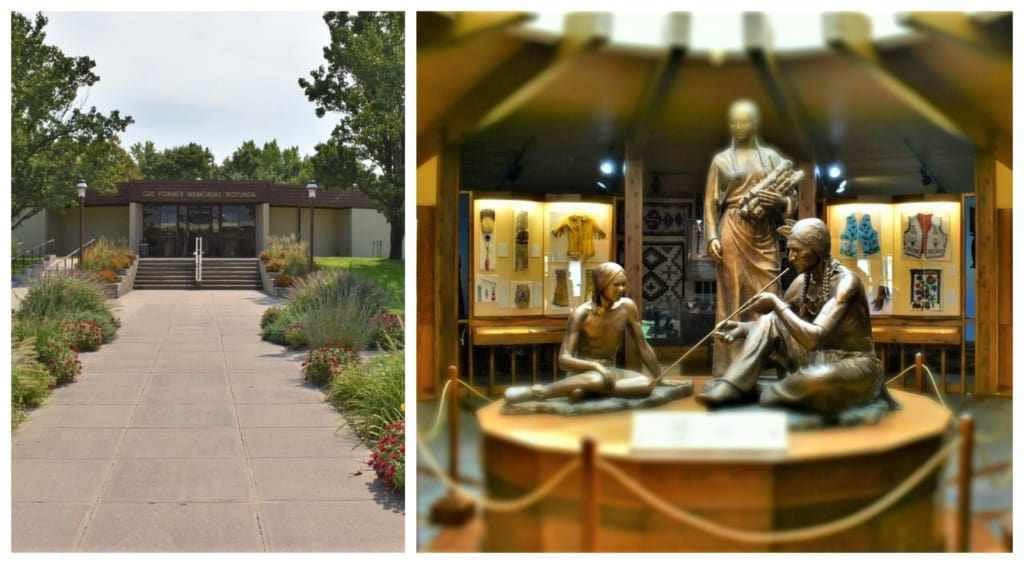
Visiting the Rotunda
After wrapping up in the main building, we moved across the parking lot to the Gus Fonner Memorial Rotunda. Inside we found a collection of artifacts from the western life. In the middle of the rotunda is a bronze statue that depicts a life-sized Sioux Indian family. The artist did a good job of capturing the wonder in the facial expression of the boy, who is watching his father fashion an arrow.
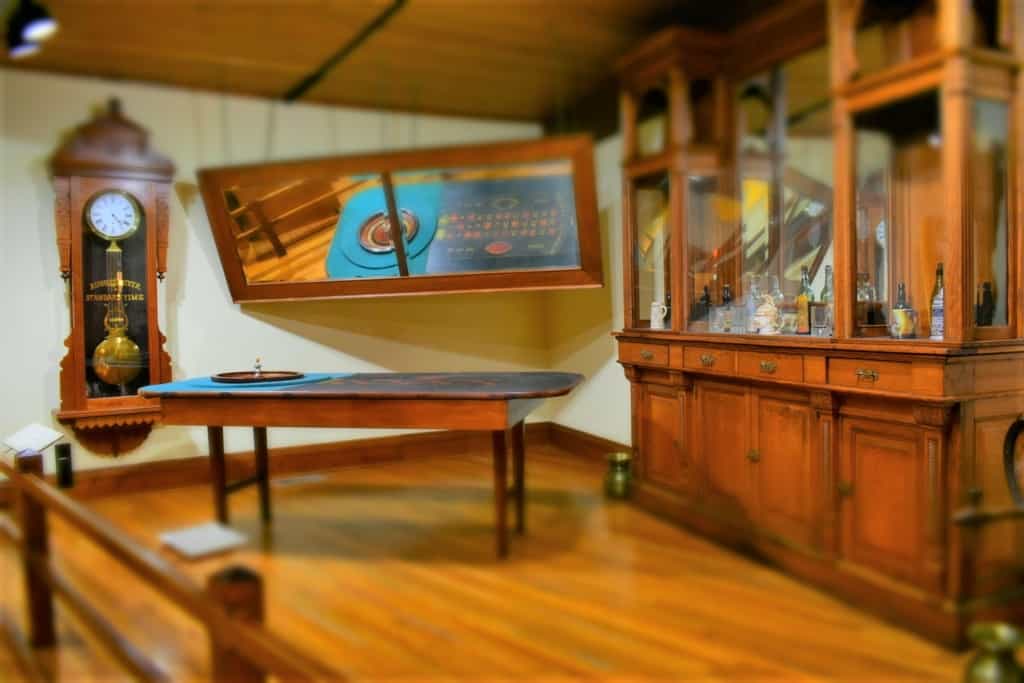
Life in Town
The galleries in the rotunda spin-off in spokes from the center. Each tells a portion of the tale that made up prairie life in 1890. We perused various displays on cowboy and Native Indian life. There are also pieces that give a little insight into life in the towns that dotted the landscape, including this bar-room scene complete with a roulette table.
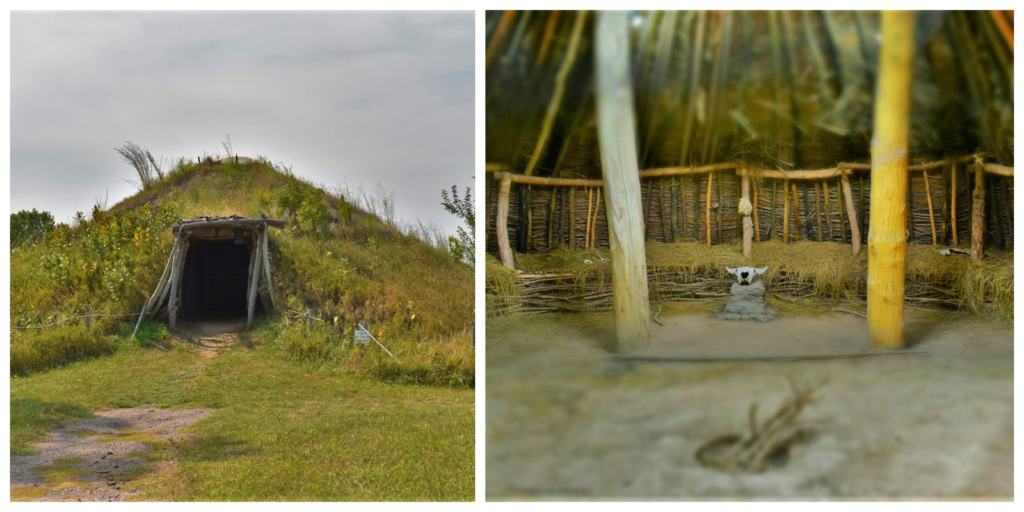
Earliest Settlers
We could see time was passing quicker than we desired, so we made the decision to move along. The Stuhr Museum grounds are laid out along a circular drive, so we hopped in our car for a tour. Along the route, we spotted a country church, log cabin settlement, ranch, and this Pawnee earth lodge. The Pawnee Indians had the largest population of any indigenous people in Nebraska. They have the lodge designed so that visitors can enter and see how it would have been set up for the residents to occupy.
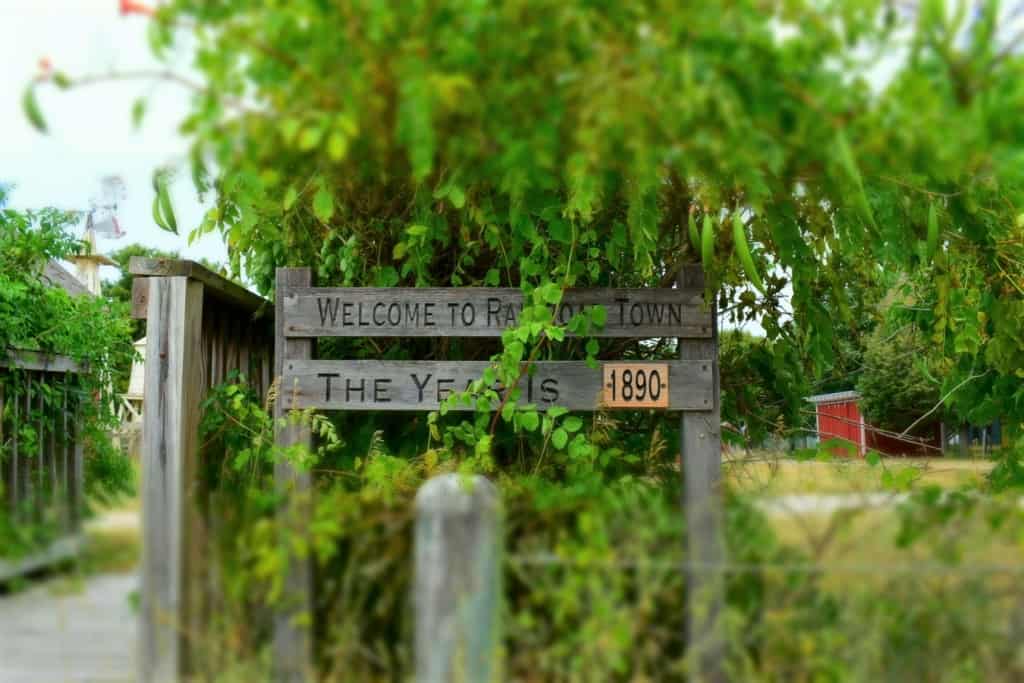
Prairie Life in 1890
The road led us to Railroad Town, which was the main purpose of our visit. This is where history comes to life, as the town is occupied by character actors. We parked our car and assembled our gear to begin our exploring. Passing through the entrance transported us back to a time that Crystal and I have read a lot about. While my readings have focused on historical events and lifestyles, Crystal is more drawn to Little House on the Prairie type books. This kind of fits the way we focus on subjects during our visits.
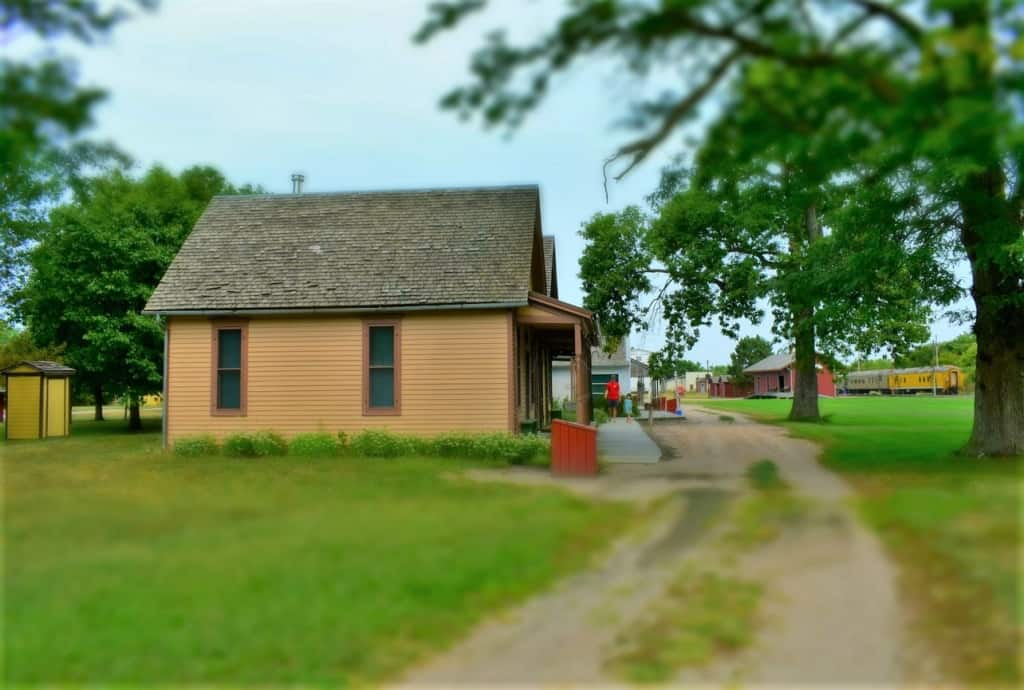
Heading to Town
Heading into Railroad Town reminded us of the walk we found at Old Cowtown in Wichita, Kansas. The collection of buildings is laid out in a grid similar to what may have been found in any Midwest town. This would certainly be appropriate for prairie life in the 1890s. In the distance we could see other visitors exploring the various structures, so we hurried to join in the fun. A series of boardwalks would have served to keep people out of the muddy roads after a soaking rain.
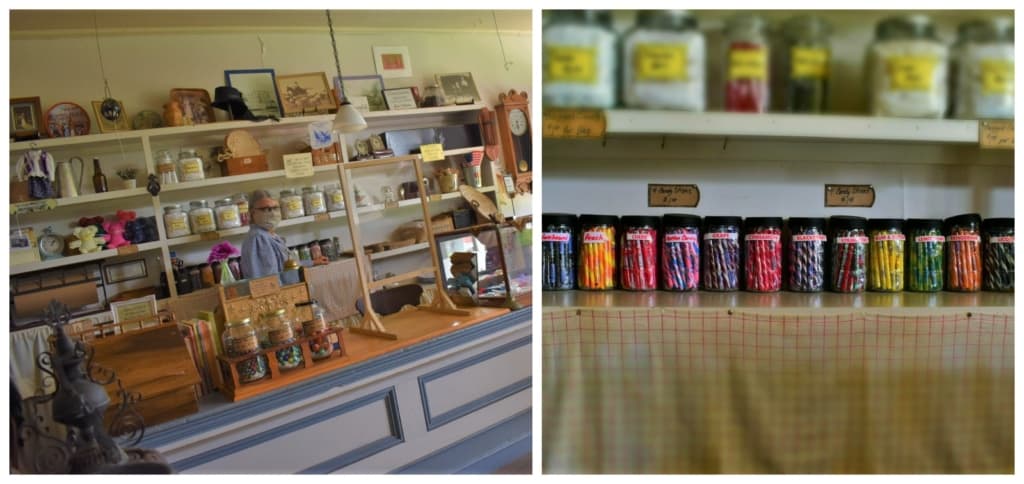
1890s Shopping
Railroad Town is made up of businesses that would be commonplace at the turn of the century. While not every building was occupied by a tenant, each had a display for visitors to view. Stepping into the general store, we were greeted by the clerk. She walked us through the merchandise that would have been considered necessities in those days. She also carried a few trinkets and sweets in her inventory for those special moments. After all, who could pass up a pretty piece of candy?
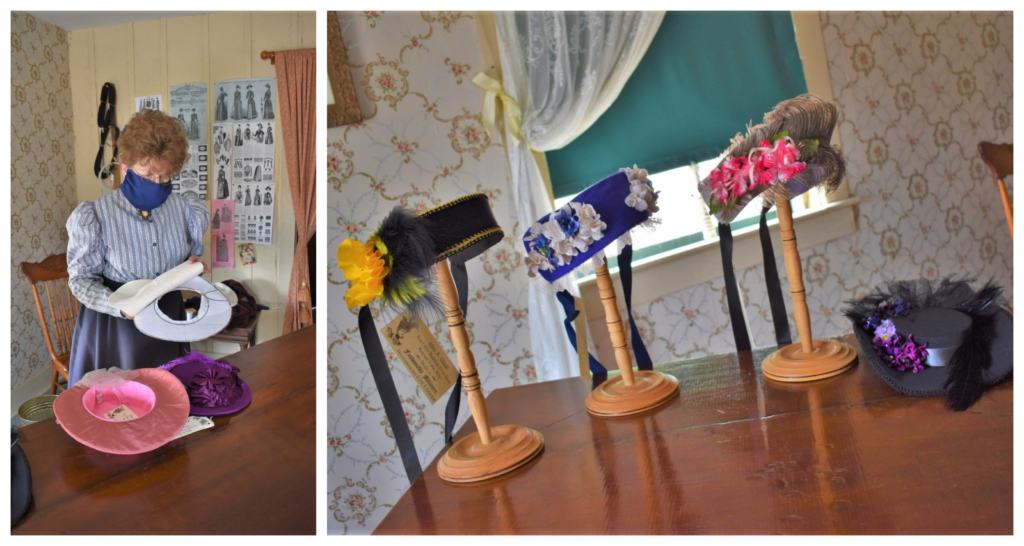
Put a Lid On It
Passing down the boardwalk, we soon came to the millinery. These days hats are not nearly as commonplace, but prairie life in 1890 would have been different. Ladies and gentlemen would want a proper chapeau to complete their attire. We listened as our hostess instructed us on the proper technique to fashion a new hat. She should know, since she created all of these beauties herself.
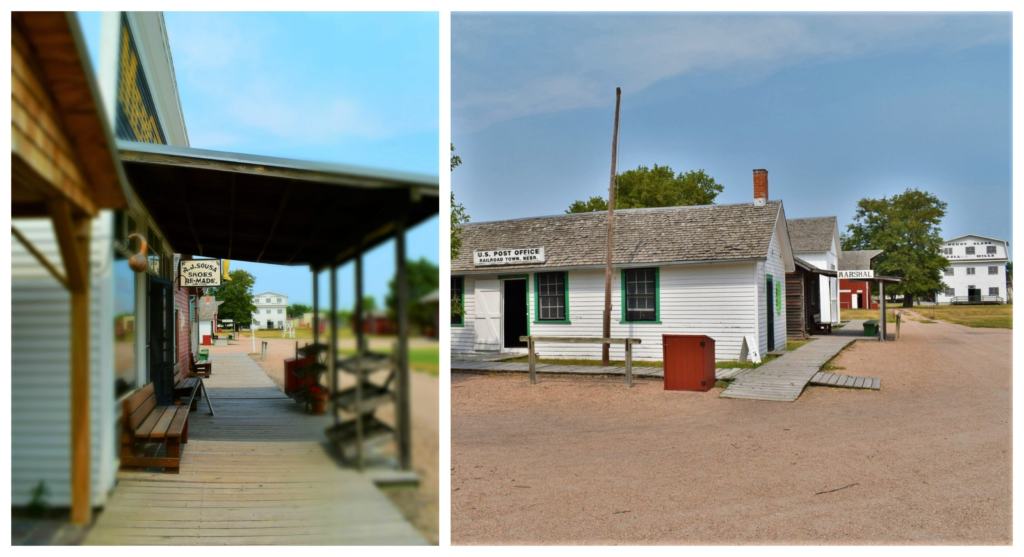
Exploring Prairie Life in 1890
We continued our explorations of Railroad Town taking time to peek into every building. In the unoccupied businesses we found the tools of the trade for barbers, shoe makers, and other professions that would have been required to support prairie life in 1890. In the distance, we could hear the familiar ringing of hammer to anvil, and knew that the blacksmith was hard at work. Even though this was the last regular season day for the museums characters, they weren’t slacking on their duties.
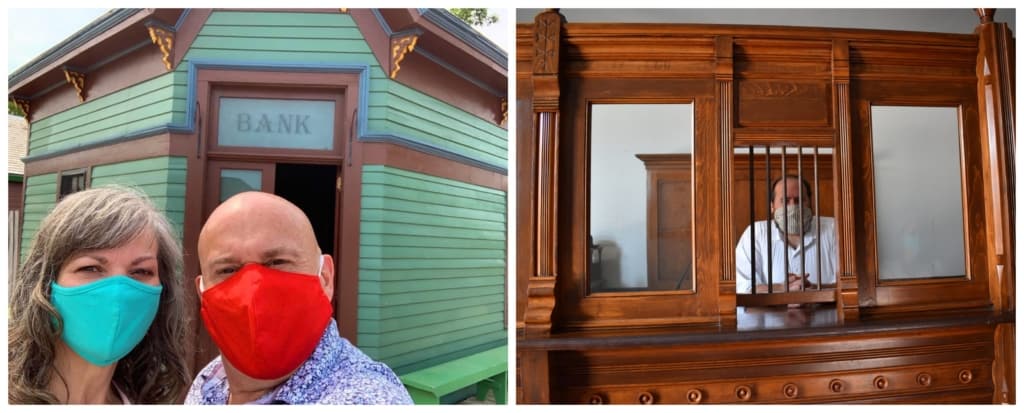
Bank Robbers?
As we came to the end of a boardwalk, we noticed that the bank was open for business. With all of the appropriate safety measures in place, we wondered how they would feel about customers in masks. After all, I’m sure that masked visitors in those days signaled the start of a bank robbery. No fears about that this time, since we found that the bank teller was also masked up. So who’s robbing whom?
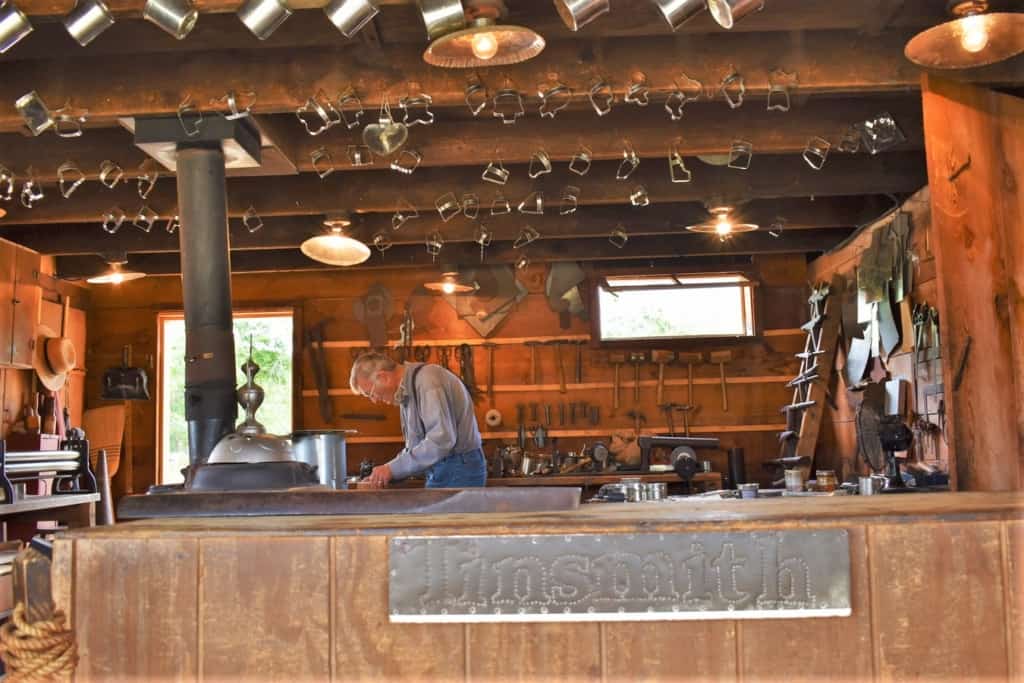
Tools of the Trade
With time running short, we made one more stop along our route. At the tinsmiths shop we found a gentleman hard at work designing a mold for a new cookie cutter. He was more than happy to take a break and explain the importance of this profession in prairie life. As he walked us through the steps of creating a new design, it made me realize just how manual every step of business was in those days. Each duty and task depended upon another to get it complete. The homemaker needed a biscuit cutter to make her fluffy treats, and this would be supplied by the tinsmith. We spent a few extra minutes watching him at his craft.
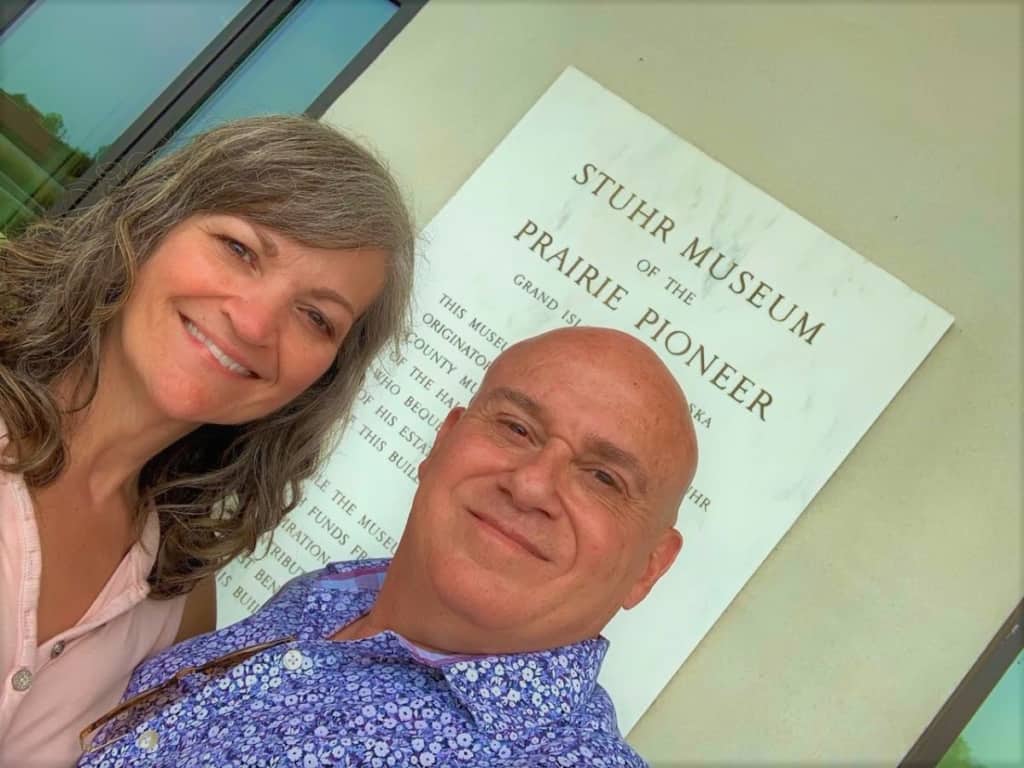
Embracing Prairie Life in 1890
Our four hour visit seemed to fly by and soon the road was calling us back. Having this opportunity to explore the Stuhr Museum supplied us with plenty of memories and lots of conversation topics for our upcoming drive. This museum focuses on education and uses plenty of interaction to get the points across. The main season is during the summer, when character actors are more prevalent. They also have engaging presentations during the weekends around the holidays. The museum grounds are open year round, so you can still see the many artifacts no matter the season. How would you have handled prairie life in 1890?



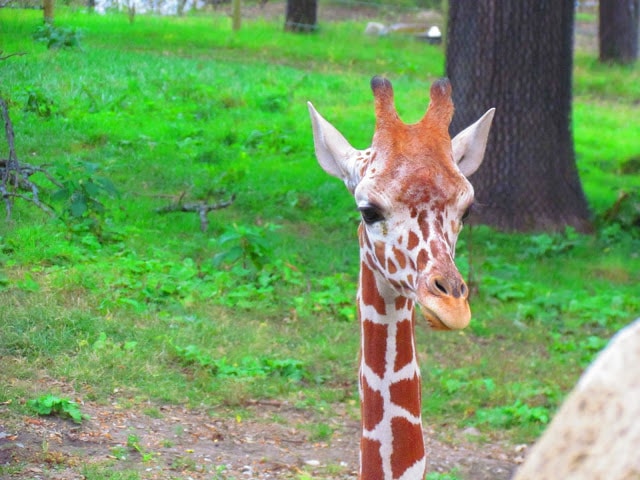
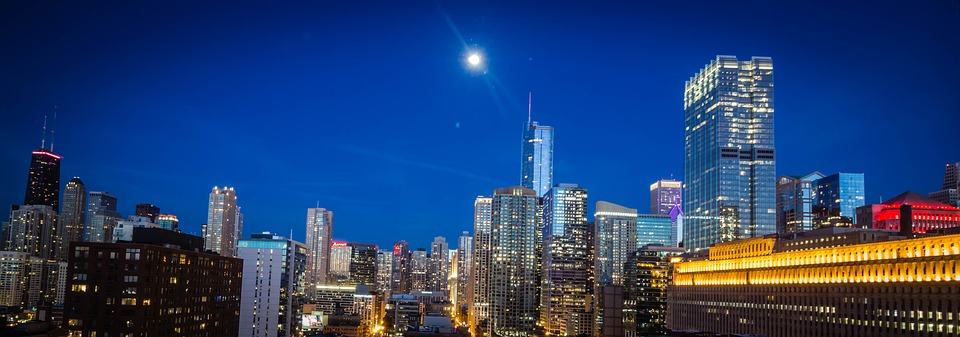
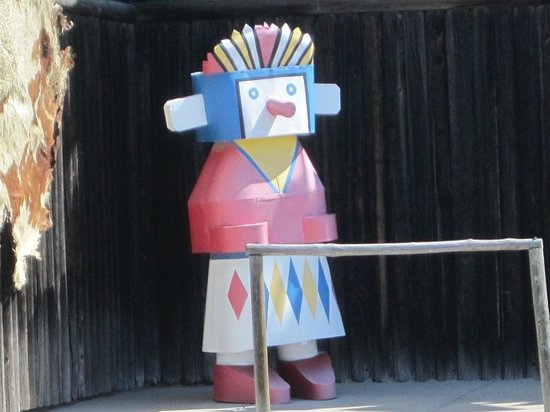
I do especially enjoy visiting living history museums so look forward to seeing the Stuhr Museum one day. It looks to be set up nicely to highlight prairie life in 1890. I’d most like to visit the Pawnee earth lodge and the tinsmith–I’m impressed with all those cookie cutters!
We are sure you’d love it there. Watching him work with tin was fascinating. Such a lost art.
I always find stories of the pioneer days fascinating – not really that long ago, but such a different way of life.
It definitely captures our attention, as well. It is interesting to see how different our ancestors lived just a few generations ago.